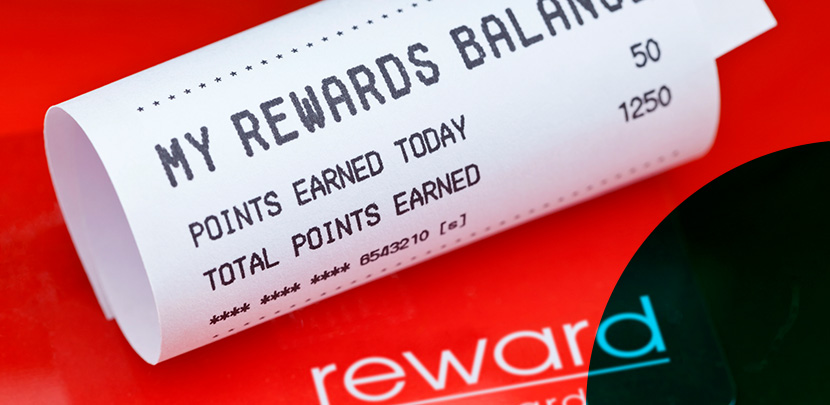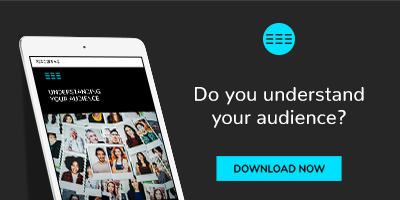While progressive segmentation (also known as progressive profiling) has been around for a while, it’s fast becoming a popular way to better understand consumers. With the advent of CRMs that give businesses a one-stop-shop for managing their website, social media, online advertising, leads and marketing and sales activity, progressive profiling is one of the simpler forms of segmentation that can greatly enhance your marketing effectiveness.

Related content: Understanding Your Audience [Free Online Guide]
What is progressive segmentation?
Progressive segmentation is a way of profiling customers over time as they interact with your business. As the number of interactions increases, be it from sales and loyalty programme membership to engagement with your website (e.g. time on page), marketing emails, social media and more, you can start to group your customers into segments based on their online behaviours, interests, and preferences.
Why use progressive segmentation?
- Allows for personalisation: with it, you know what content, sales, offers, certain groups of customers have engaged with and gravitate towards. This allows you to adjust your messaging and strategy to your audience(s). This also leads to greater engagement, interaction and uptake with your brand and your promotions.
- Better understanding of your customers: you learn what they like and dislike, what their needs are and how they are using your product/service. This can help refine your offerings to better reflect your customers’ needs and the ways they use your products or services.
- Increases the lifetime value of a customer: the more relevant your offerings, the greater the likelihood customers will return to your brand to buy from you again.
- Useful for building personas: Progressive segmentation can help you understand different nuances and behaviours within your customer base, which can help flesh out your marketing personas.
- Continually being refined as more data is added: One of the greatest strengths of progressive segmentation is its ability to continually refine and reclassify customers based on their evolving needs and their place in the customer journey. In short, this means you can continue to stay relevant to your customers.
- Great for building positive customer relationships: If you’re a business that relies heavily on customer relationship management, having progressive segmentation in place helps you anticipate the needs of your customers. This kind of insight allows you to reach out to your customers at the right time in their buying journey.
- Can be used for behavioural-based advertising: As progressive segmentation begins to enhance your understanding of your customers' interests, behaviours and preferences, you’ll be able to target your advertising based on those attributes.
The pros of progressive segmentation
In addition to the list above progressive segmentation can:
- Remove the need for customers to fill out long tedious forms, reducing the chances they’ll abandon the form halfway through.
- Increase your conversion rates, making your marketing more cost efficient. One business found their conversion increased 120 per cent after reducing the number of form fields from 11 to 4.
- Help you avoid relying on mass-market promotional offerings. Rather than trying to appeal to everyone, you can put a message that resonates with your ideal customer(s) and ensure they see the message at the right time.
The cons of progressive segmentation
- It can take time to build. Because progressive segmentation collects information from your customers over time and over several interactions with your brand, it can take time for you to accumulate enough data to properly group customers into a segment.
- As a result, it can be slow to personalise due to a lack of data. This is particularly true for new customers who have only just started interacting with your brand.
Progressive segmentation and profiling continue to be a powerful way for businesses to not only personalise their offers and fine-tune their messaging to specific customer types but also to reduce costs, enhance marketing effectiveness and stay on top of changing customer needs. Moreover, as businesses shift even more online and transform into the digital space, this type of segmentation is set to become standard practice.
Learn more about the power of segmentation and how enhances marketing and cut-through with our all-in-one guide: Understanding Your Audience.
